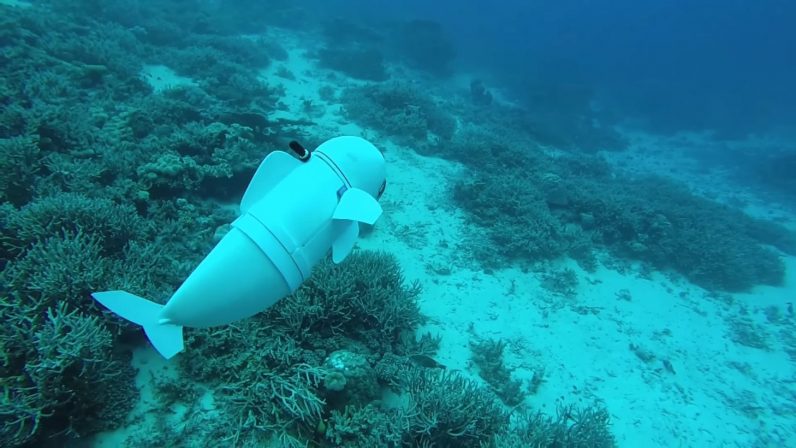A robotic fish has been developed which will help the scientists to research underwater. The robotic fish is able to swim with real fish and can give an insight into their lives. The robotic fish has been named SoFi and it was developed by MIT’s Computer Science and Artificial Intelligence Laboratory (CSAIL). It can be controlled with sound. SoFi swims by flapping its tail back and forth which is powered by a hydraulic pump. The robotic fish can also control its own buoyancy through adjusting an internal foam material. During its test drives in the Rainbow Reef in Fiji, SoFi was able to swim down 15 meters.
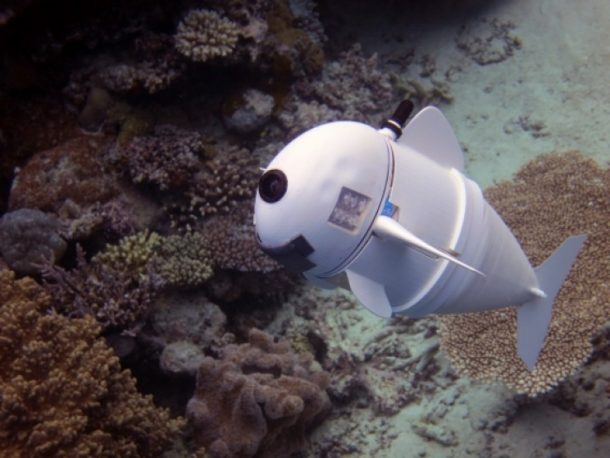
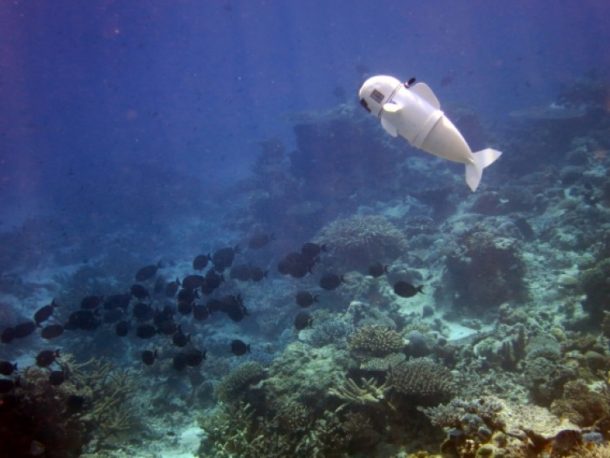
The robotic fish SoFi, can also navigate and respond to the current. It is also able to avoid collision with coral. During the swim, SoFi was collecting data by taking photos and videos using its built-in fisheye lens camera. There is also a controller developed for SoFi which allows the researchers to stay underwater with the fish and can make it look for specific items. The controller of the fish is created from a waterproof Super Nintendo controller. Robert Katzschman, CSAIL Ph.D. candidate and lead author of the journal said, “To our knowledge, this is the first robotic fish that can swim untethered in three dimensions for extended periods of time. We are excited about the possibility of being able to use a system like this to get closer to marine life than humans can get on their own.”
SoFi robotic fish can swim close to the real fish because it propels itself forward in a way that mimics the movements of real fish. To make it swim, a motor inside SoFi pumps water into two balloons like chambers which are located inside its tail. When one chamber expands, it bends and flexes to one side. And when the actuators push water to the other channel, the other one bends and flexes in the other direction. These alternating operations mean SoFi can sway and wag like a real fish which allows it to mingle with other fish without being detected. SoFi can travel at a speed of nearly half a body length per second. SoFi is made from a combination of hard 3D printed plastic and soft silicon rubber and flexible plastic.
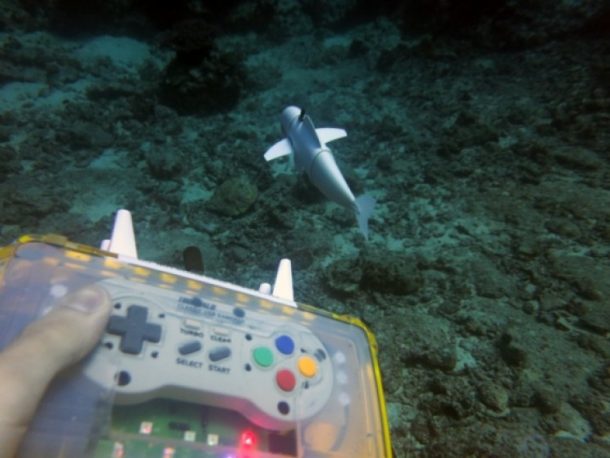
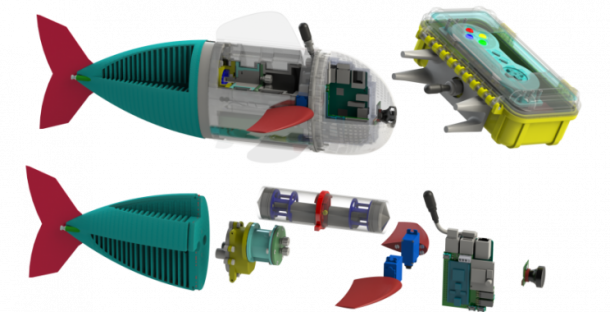
The robotic fish will allow the researchers to study the fish schools and delicate coral, which are difficult to access otherwise. SoFi is designed to be as disruptive in its environment as possible. Daniela Rus, CSAIL director said, “The robot is capable of close observations and interactions with marine life and appears to not be disturbing to real fish.” SoFi’s soft body gives the researchers an edge to put it into more complex environments without worrying about major damages. Rus told, “Collision avoidance often leads to inefficient motion since the robot has to settle for a collision-free trajectory. In contrast, a soft robot is not just more likely to survive a collision, but could use it as information to inform a more efficient motion plan next time around.”

